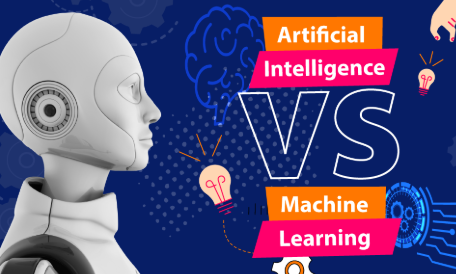Understanding Edge Computing: Why It Matters
Edge computing is transforming data processing by bringing analytics closer to the source of data generation. This proximity facilitates real-time insights and minimizes latency, which are crucial for operational efficiency. Various industries are beginning to recognize its advantages, including improved resource utilization and enhanced security. As organizations adapt to this paradigm shift, the implications for innovation and competitive positioning become increasingly significant. What does this mean for the future landscape of technology and business?
The Fundamentals of Edge Computing
The emergence of edge computing represents a transformative shift in how data processing is approached, emphasizing proximity to the data source.
This architecture facilitates real-time analytics, enabling devices to process data locally rather than relying solely on centralized systems. Consequently, latency reduction is achieved, enhancing responsiveness and operational efficiency.
Key Benefits Across Industries
As organizations increasingly adopt edge computing, they discover a myriad of benefits that enhance operational capabilities across various industries.
Key advantages include reduced latency for faster data processing and real-time analytics, cost efficiency through resource optimization, and enhanced security measures.
Additionally, scalable solutions facilitate remote monitoring, empowering businesses to adapt swiftly and efficiently to evolving demands while maintaining robust performance and reliability.
Read more: What Is Cloud Computing and Why Should You Care?
The Future of Edge Computing and Its Impact on Innovation
While organizations continue to leverage edge computing for immediate operational benefits, its future promises to catalyze significant innovation across technology sectors.
Future trends indicate a shift towards decentralized architectures, enhancing real-time data processing capabilities.
Key innovation drivers, such as AI integration and IoT advancements, will empower businesses to unlock new potential, fostering agility and enabling a competitive edge in a rapidly evolving landscape.
Conclusion
In the landscape of digital transformation, edge computing serves as a nimble river, flowing close to the shores of data generation. It carves pathways for real-time insights, enabling organizations to navigate the currents of market demands with agility. As industries harness this power, they cultivate fertile ground for innovation, planting seeds of growth that promise to blossom in an interconnected future. Ultimately, edge computing stands as a lighthouse, guiding businesses toward enhanced efficiency and competitive advantage.






